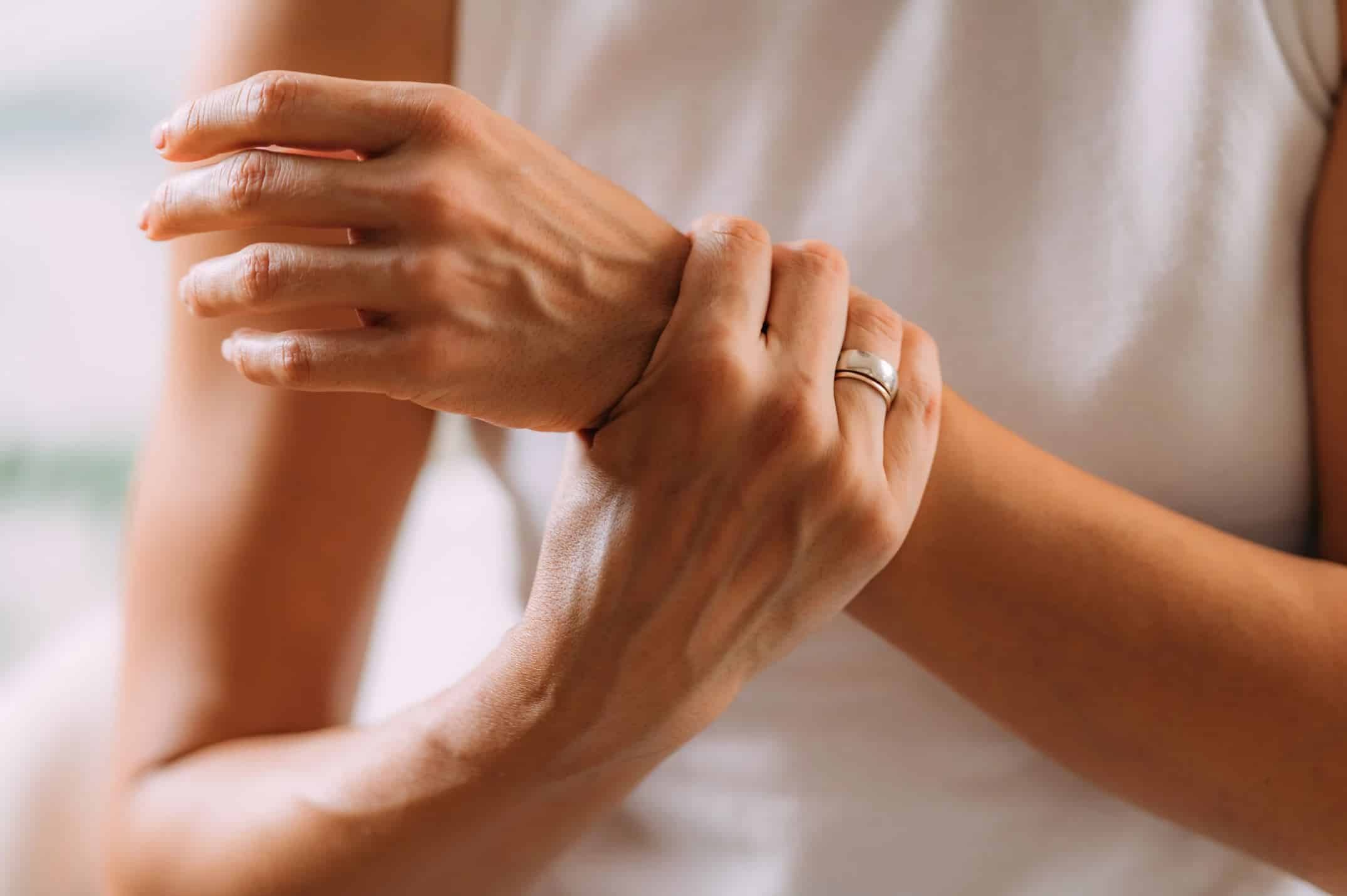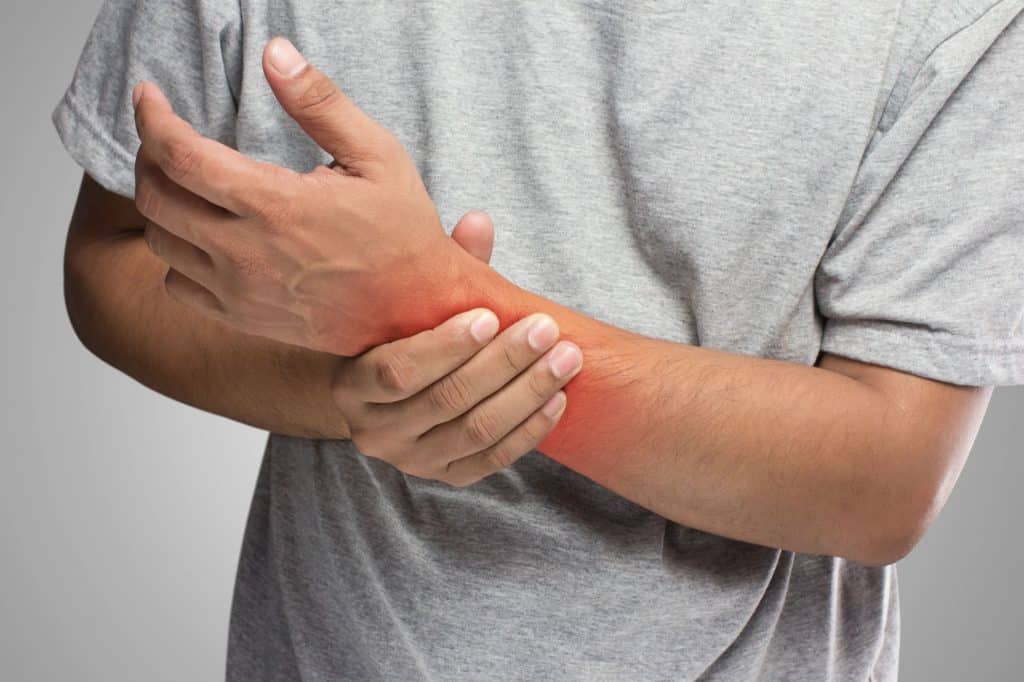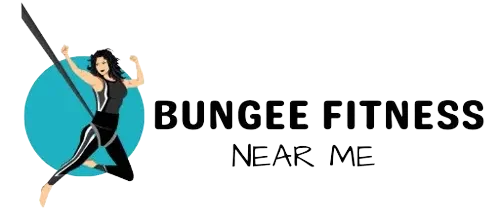How a Small Wrist Bump Can Affect Your Workout Routine

Ever feel a strange bump on your wrist after a workout? It might not hurt, but it can feel tight, sore, or just plain weird. A lot of people shrug it off and keep going, thinking it’s just part of exercising.
But even small wrist bumps can signal a bigger problem. Sounds curious? In this blog, we’ll look at what that bump could be and how it might affect your movement, strength, and safety during workouts!
Read on to know more!
What Could That Wrist Bump Be?
Not sure what that bump on your wrist is? Let’s look at a few common reasons why it might be there.
1. Ganglion Cysts
These are soft, round bumps filled with fluid. They often show up near the wrist or hand joints. Sometimes they grow slowly, and other times they pop up quickly.
A ganglion cyst doesn’t always hurt, but it can press on nearby parts, making your wrist stiff or weak. If you notice one, it’s best to have it checked. A health specialist uses an MRI to detect the cyst. In the next step, they use splinting, aspiration, or surgery to treat the area, if needed. A simple scan can tell if it’s a cyst and help figure out the next steps.
2. Tendon Inflammation
Working out with poor form or overusing your wrist can cause the tendons to swell. This swelling feels like a bump and can cause tightness or pain when you move.
Tendon inflammation can sneak up on you, especially if you’re doing the same moves again and again. Rest and better technique often help. However, if it sticks around, a check-up can help you avoid bigger problems later.
3. Bone Spur or Old Injury
Sometimes a past injury leaves behind a bump, even if you forgot it ever happened. Bone spurs can form over time, especially with stress or age. These hard bumps can press on nearby tissue and limit how your wrist moves. Even if they don’t hurt much at first, they can become a problem during workouts. A doctor can do an X-ray to see what’s really going on.
How a Wrist Bump Affects Your Workout
A wrist bump can get in the way during exercise. Here’s how it can make workouts harder or even risky.
1. It Limits Flexibility
Your wrist needs to bend and move smoothly during many exercises. A bump can block that movement. This makes things like push-ups, planks, or rows feel tough or uneven.
When one joint isn’t moving well, your body works harder somewhere else, like the elbow or shoulder. That extra strain can lead to even more pain or injury.
2. It Might Cause Nerve Pain
In some cases, a bump presses on a nerve, and you might feel tingling or weakness in your hand. Your grip might not feel as strong, even when lifting light weights.
This can make workouts harder, and it can also affect your daily life. Tasks like opening jars or lifting bags may suddenly feel uncomfortable. It’s your body’s way of saying something’s not right.
3. Weight Training Becomes Risky
Lifting weights puts pressure on your wrists. If there’s a bump, that pressure doesn’t spread out evenly. This can make the weight feel heavier than it is and raise the risk of injury.
You might grip too hard, use poor form, or strain another part of your body. A small bump can throw off your balance and make your workouts less safe.

When Should You Be Concerned?
Not every wrist bump means something serious, but it is in your interest to watch it. If the bump is growing in size, feeling sore, or has been there for a few weeks, then it is time for it to be examined.
It might really not be hurting much now, but if aggravated by wrist usage, the bump could cause big trouble. Also, if it feels warm or starts interfering with your workouts or daily tasks, don’t wait. These are signs that something isn’t right. A visit to the specialist can really help with the problem. Early diagnosis and treatment will protect your wrist.
Final Words
Although the bump on the wrist looks small, it can prove hazardous for working out. Do not wave it off or try to push through it. Pay attention to it once and take the necessary steps towards healing. This will allow you to remain strong, safe, and healthy for your next workout. One small bump shouldn’t stand between you and your fitness goals.
